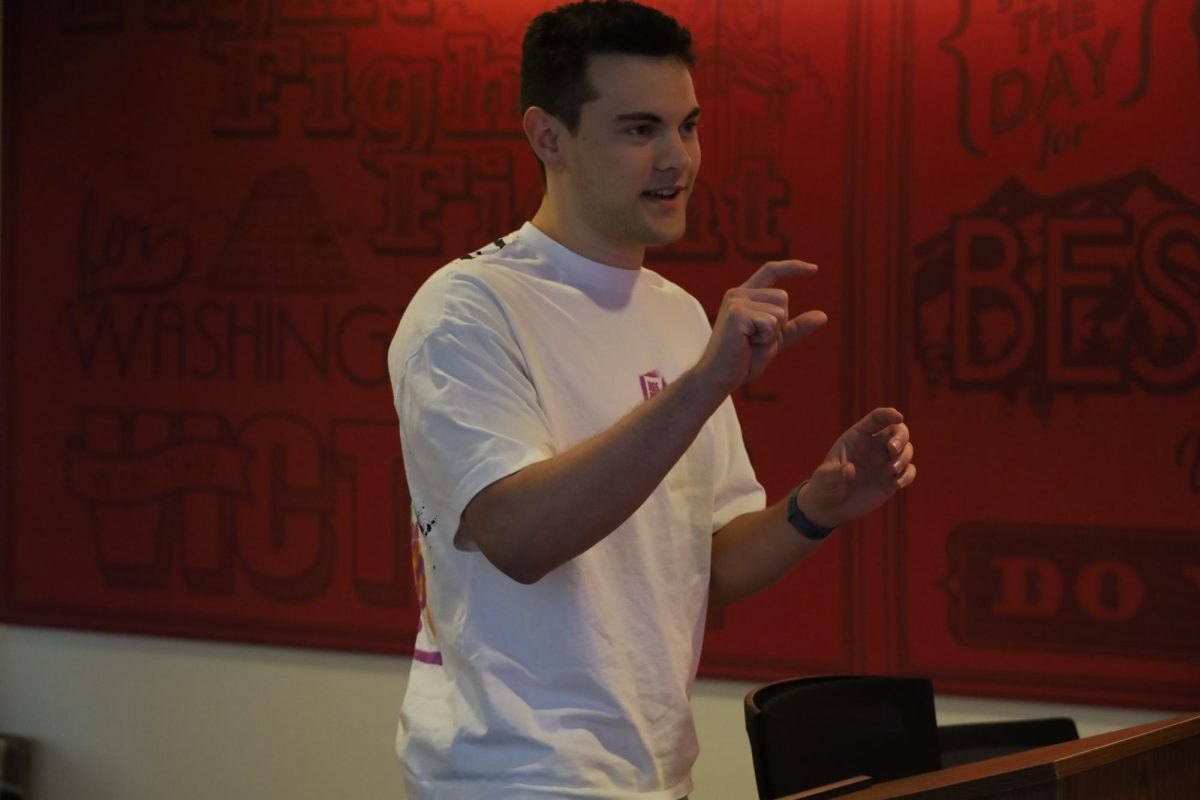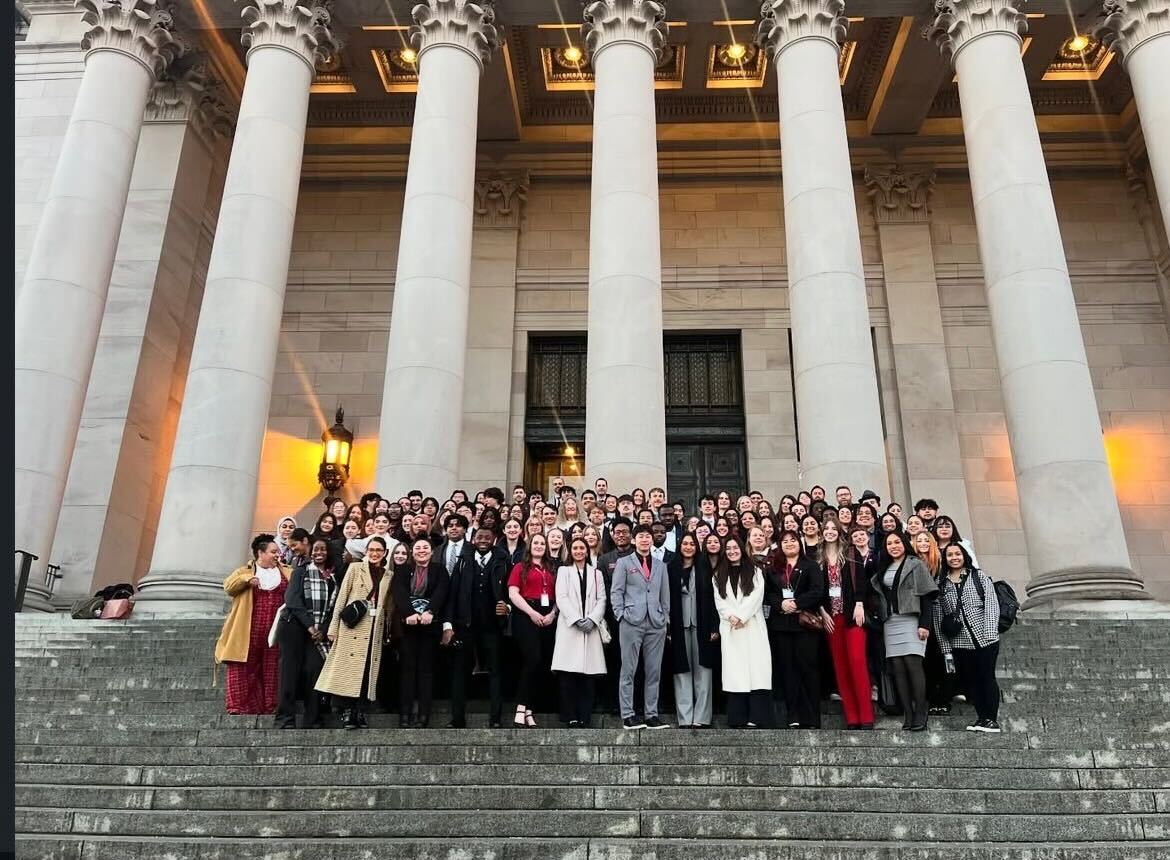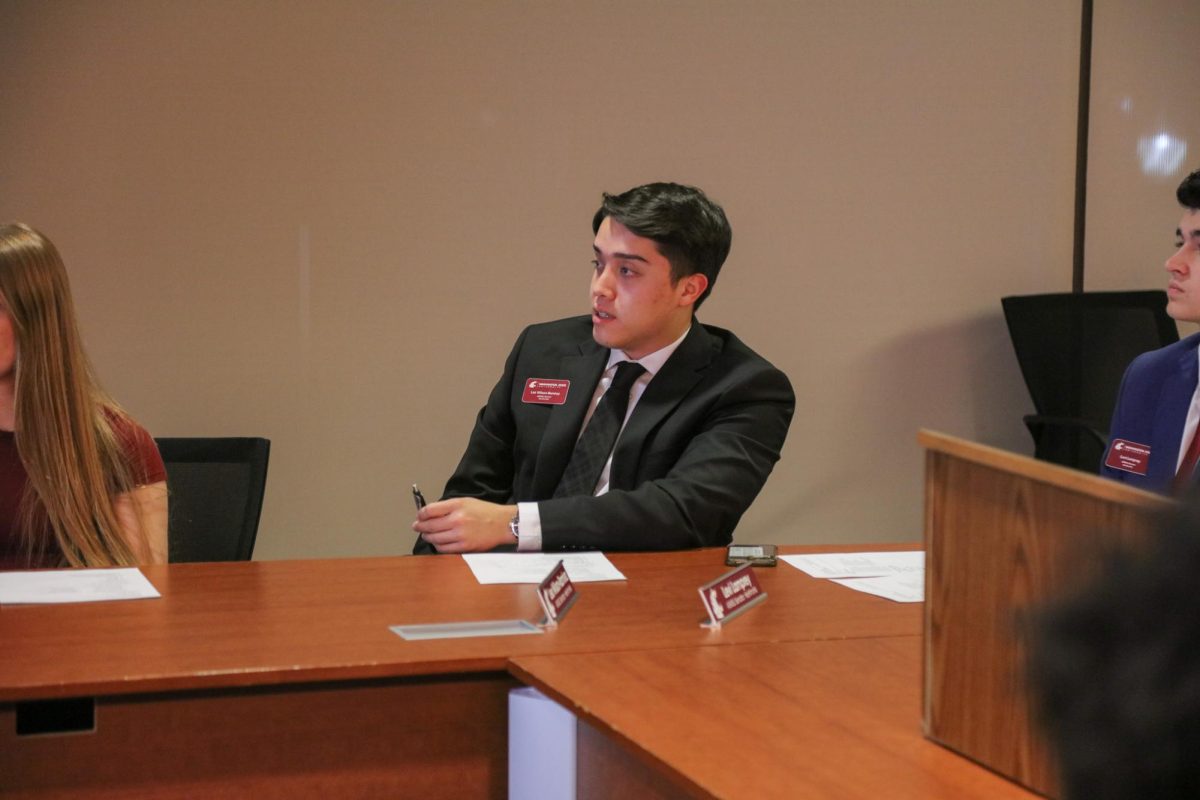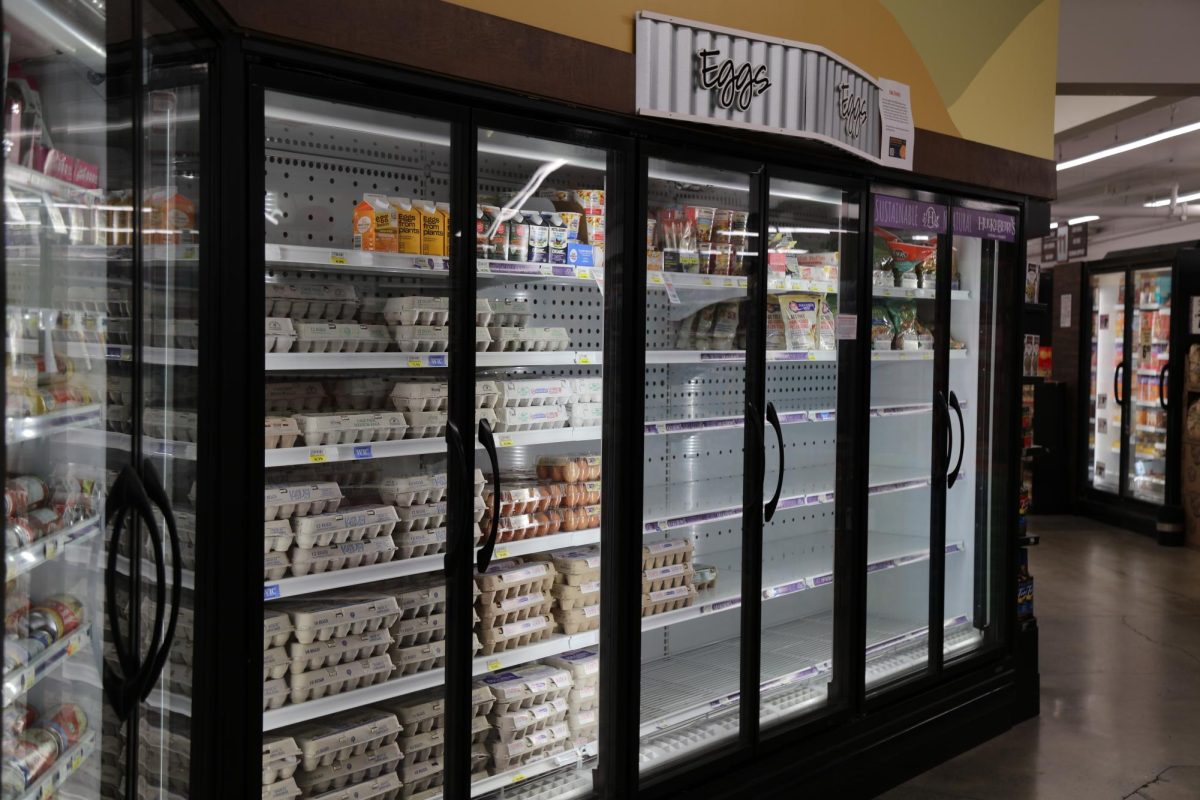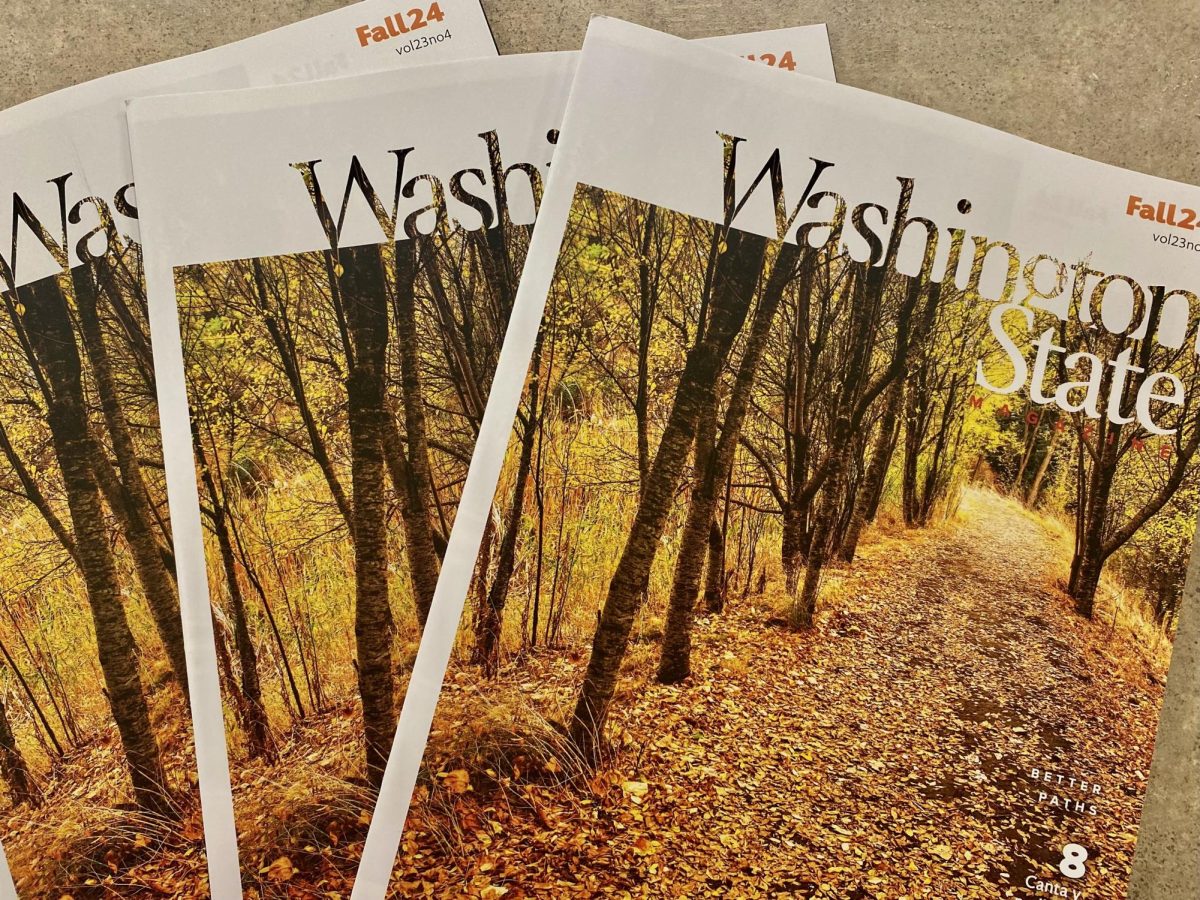The Cougar Green Fund is a student-funded source of money available for both the ASWSU Environmental Sustainability Alliance and students who require funding for sustainability-related projects.
Jason Sampson, Sustainability and Environment Committee Chair, and the rest of the SEC are responsible for reviewing proposals for the Green Fund and dispensing funds to those who require it, Stephen Fawcett, Environmental Sustainability Alliance chair said.
“When a project is approved, we get that money transferred out of the central account into a specific account for that project,” Sampson said. “Then I act as a project manager and work with that student or student group until the project is at its completion.”
Students from the ESA and the Environmental Science Club who petitioned for the Fund initiated it in 2009, which was then voted on by students during that year’s elections, Sampson said.
“The way that the Green Fund is built is that every year when you pay your tuition, you have an option of donating $5 to it,” Fawcett said. “So if it’s not used one year, it’ll just get bigger and bigger until somebody uses it.”
A community garden located by the Olympia dorms is one of the ongoing ESA projects funded by the Green Fund, Fawcett said. The majority of crops from the garden are donated to the Cougar Food Pantry, Past projects include beehive projects as well as the implementation of solar panels by the Chinook.
The placement of reusable women’s hygiene products in the Women*s Center, the “Move Out, Pitch Out” project to increase the amount of recyclable materials brought to recycling as opposed to landfills, efforts to turn plastic bottles into materials for 3D-printing and Magpie Forest restoration projects are all examples of student projects wholly supported by the Green Fund, Sampson said.
The Eggert Family Organic Farm Greenhouse built in 2018 was another project that received funding from the Fund along with funding from the Eggert Family, Sampson said. Students and student organizations may apply to use the Greenhouse. Crops grown by students using the Greenhouse have been known to go to campus dining halls and food banks.
A project currently being proposed and finalized by the ESA and SEC that will utilize the Fund is the placement of refillable water bottle stations in Beasley Coliseum, Sampson said.
“A challenge with the Green Fund is that people don’t really know it exists, so then people don’t donate it and then they also don’t use it,” Fawcett said. “The ESA sends out an email at the beginning of the year, every year, to tell people that the Green Fund exists, how to donate to it and that they should use it. But something we definitely want to do is let more students know that it exists.”
The process of applying to use the Cougar Green Fund is very simple and designed to support students, Sampson said.
“We really are willing to work with anybody with any ideas to try to help advance sustainability,” Sampson said. “We really try to simplify the process to make it easier for everybody to get involved.”
Students can donate to the Green Fund using myWSU, when they go to Optional Services under Manage Classes, Fawcett said.
There is currently an estimated $80,000 in The Cougar Green Fund, Sampson said. Students interested in applying for the Fund for their projects may apply online on WSU’s Sustainability website, or reach out to ESA.


